But then why do hives spread all over the body, or cover vast regions of the body, where the initial irritation did NOT occur? It is a question that the medical and research community still haven’t solved. But in principle, this swelling results from the rush of immune cells and fluid out of the pipeline and into the region to start the process of healing. And as we mentioned in our introduction, the immune system can be over-triggered.
When you look at the bottom graphic, you’ll see that a hives outbreak can be classified into two categories: acute and chronic. Possible causes are in the red and blue boxes, but what’s in the black box is what’s of most concern to folks like me who have had a massive hives reaction. The reason is because this list is full of ordinary, everyday triggers, such that it can lead one to a state of paranoia over anything and everything!
So in the next post, we’ll continue to talk about the mysteries of hives, treatment, and a philosophical approach to living in the specter of a future hives outbreak.

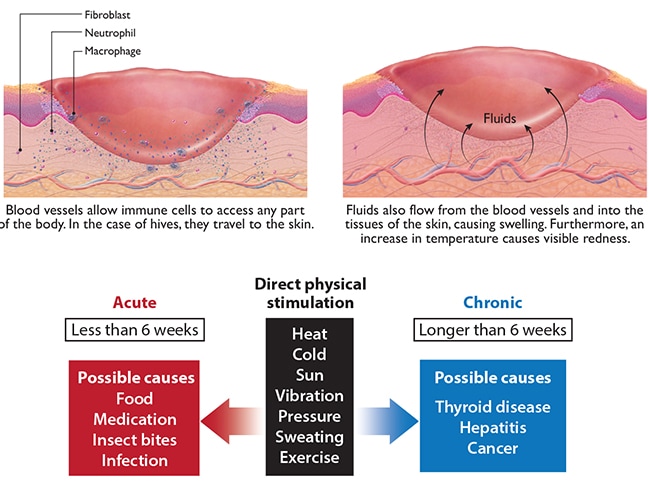
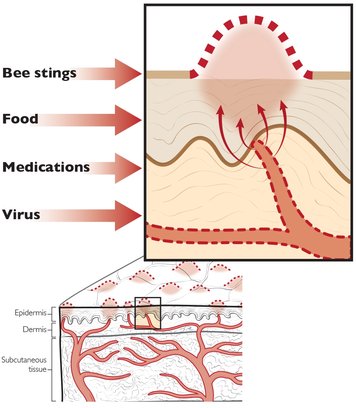

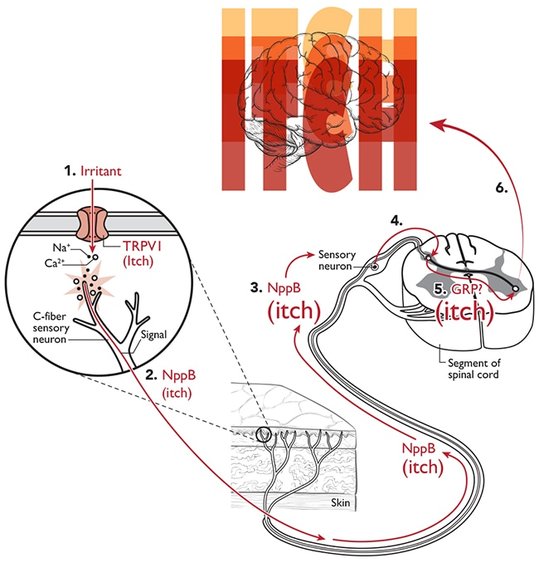
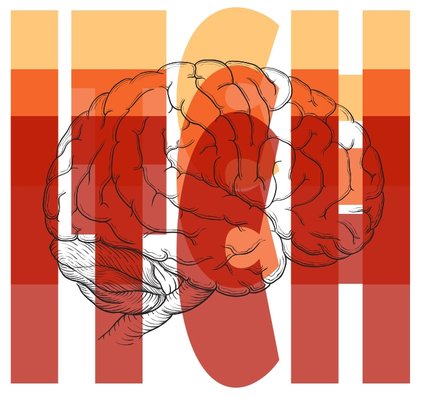
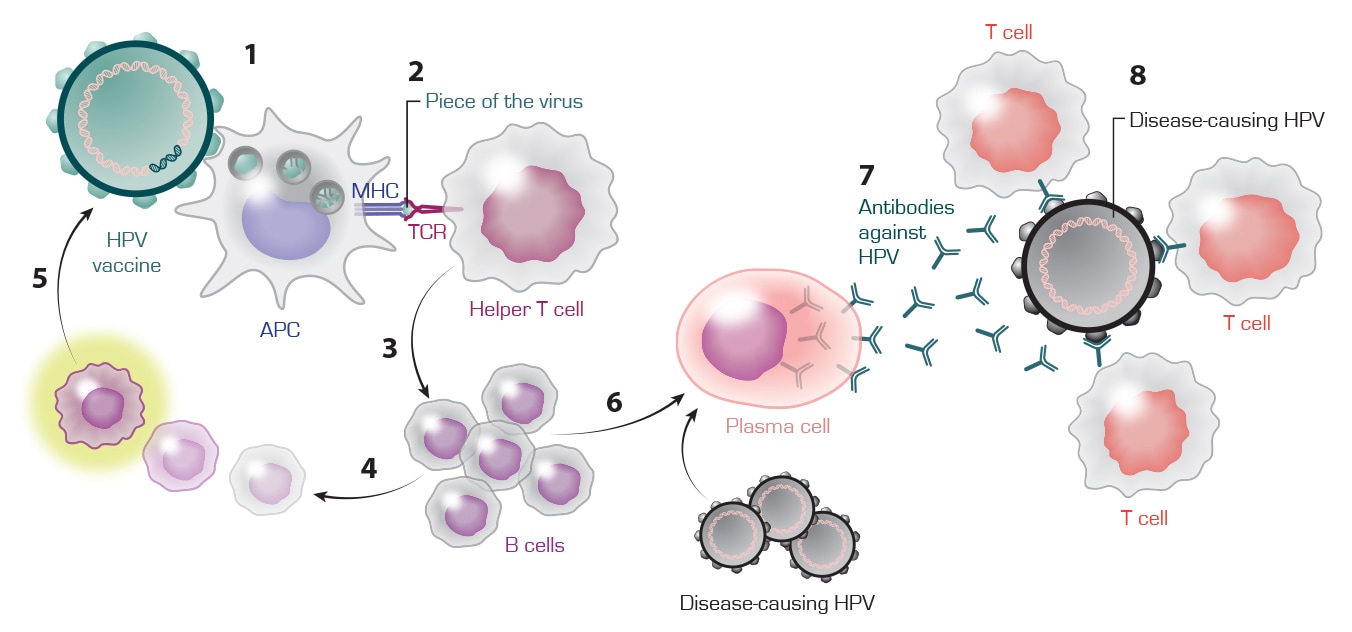

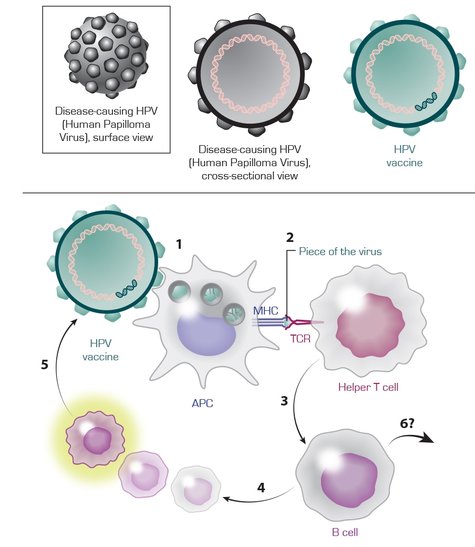
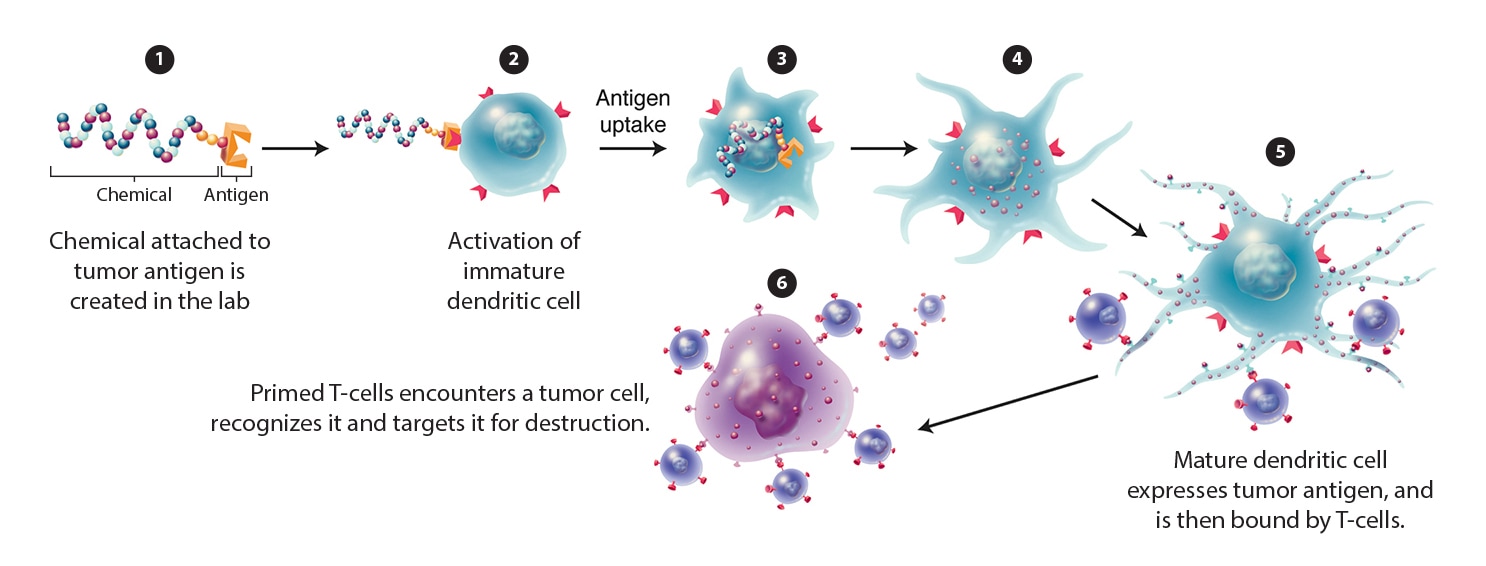
 RSS Feed
RSS Feed
